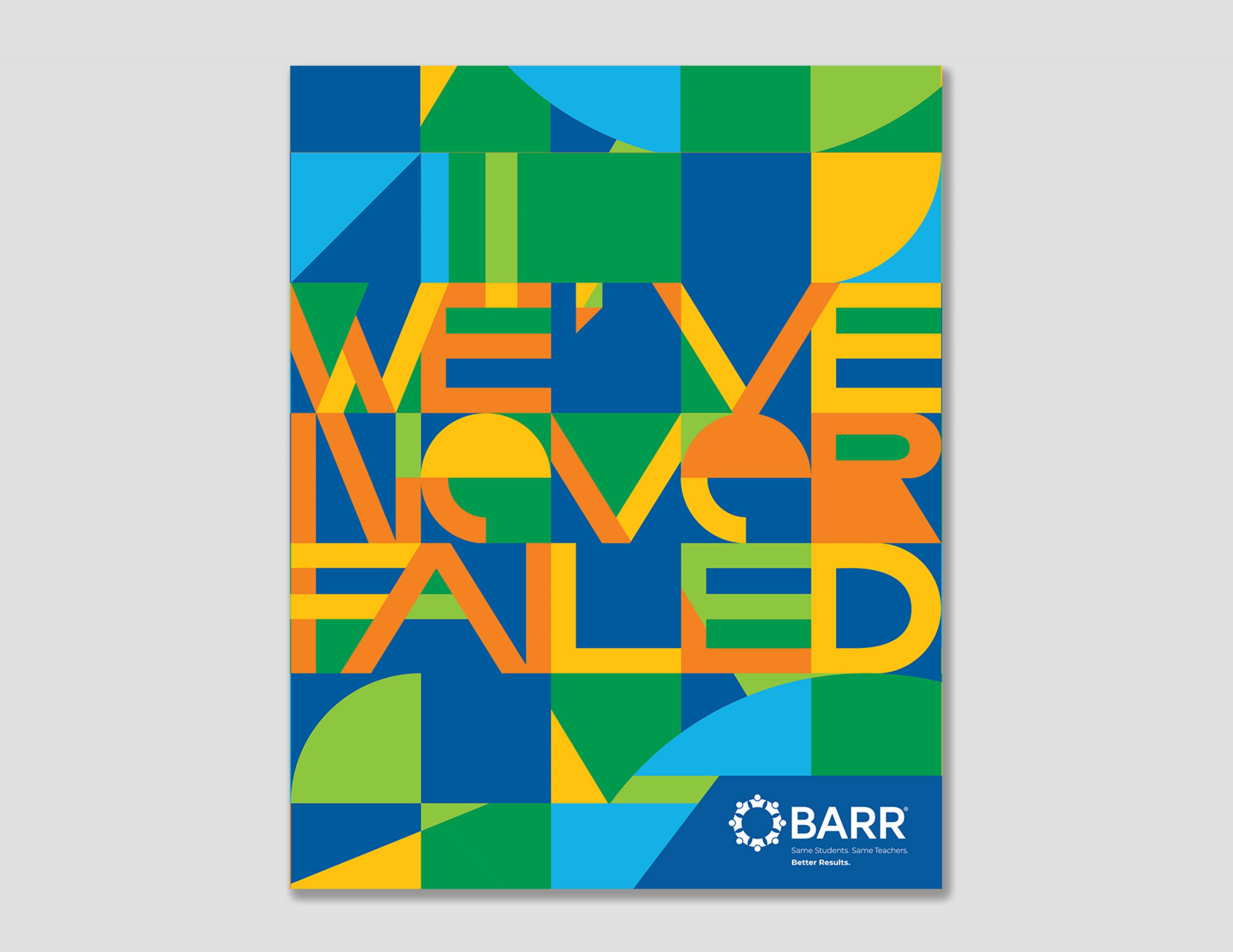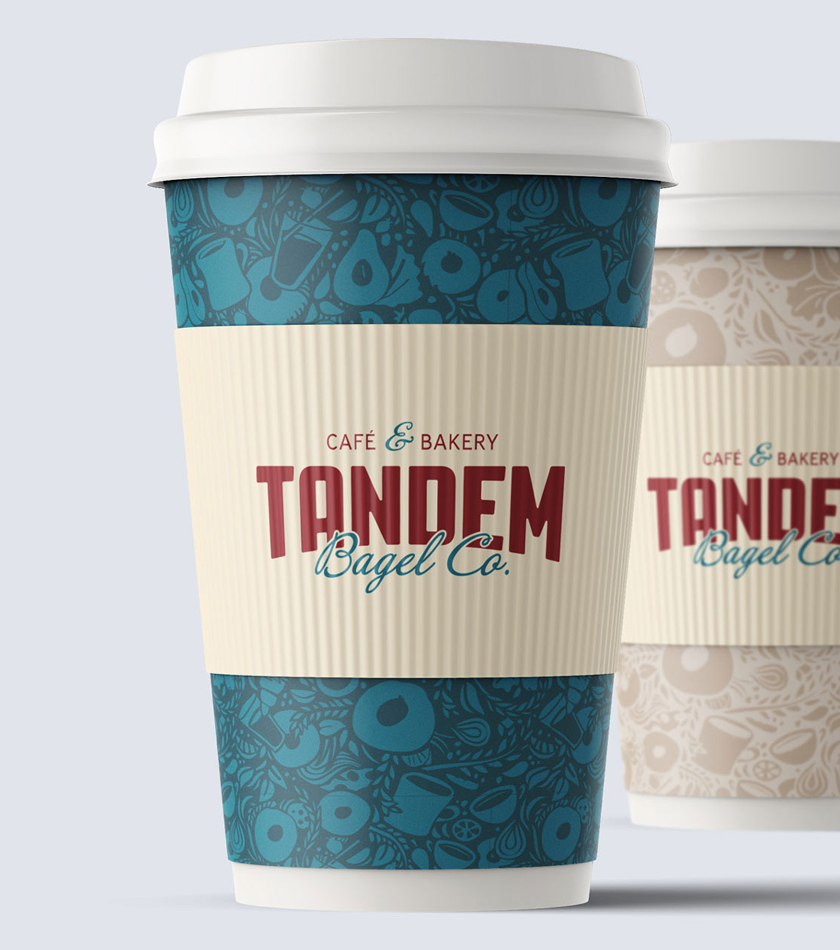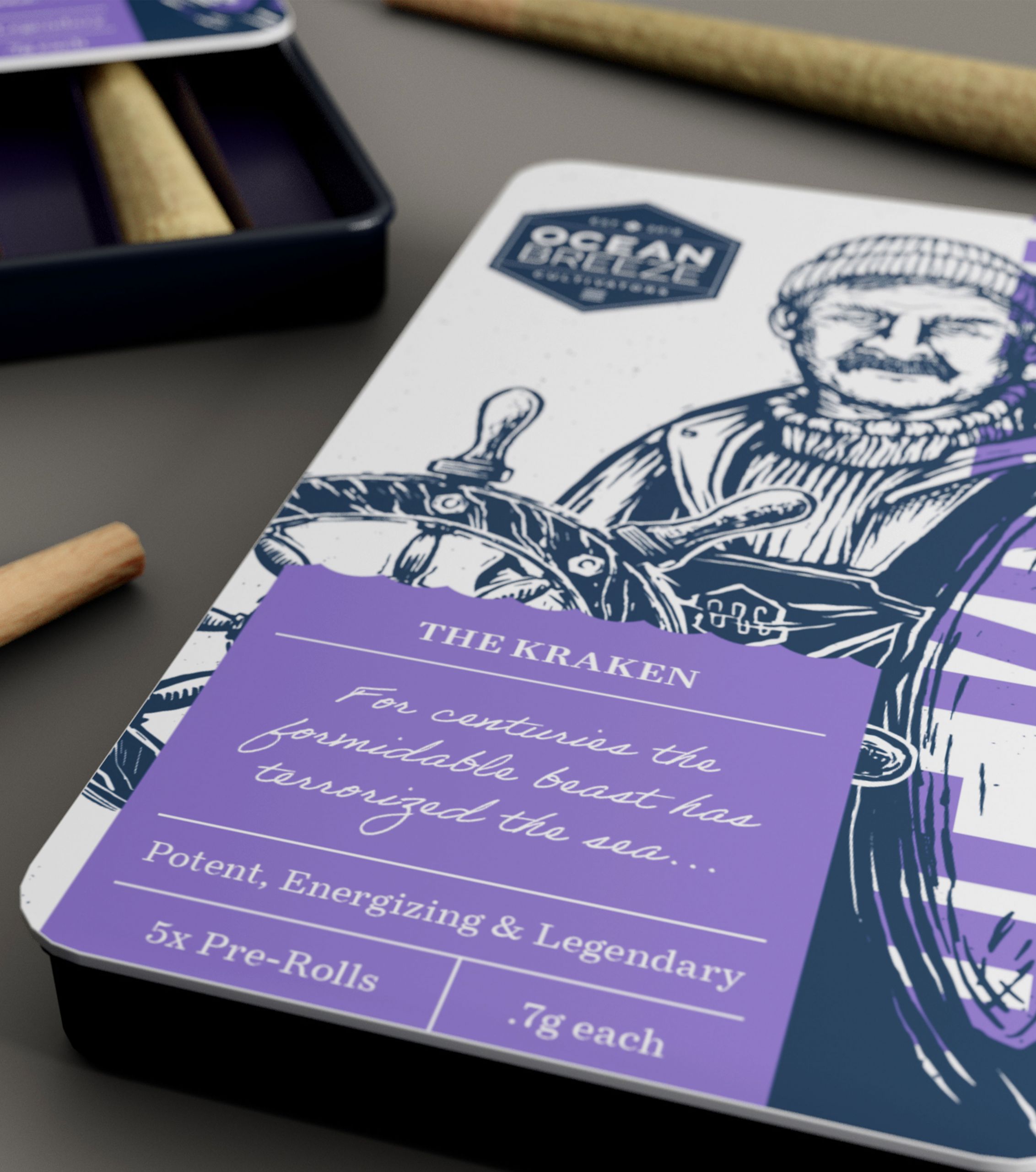What's in the cards for 2021? We predict a pivot to smaller agencies.

In 2020, a lot changed. (Is that the understatement of the century?) And to focus on our industry, creative agencies have not been spared the rapid-fire shift underway since COVID-19 began spreading throughout the world at the beginning of the year. So now, as we cross off the last days of the 2020 calendar, and hold our collective breath for a successful roll-out of vaccines around the world, we look toward 2021 and wonder — what’s next?
First things first — according to Forrester, the industry has seen a 23% drop in marketing spending this year. So if you’re an agency relying on this revenue, and the survival of the brands you work with, you were likely forced to make some changes. One of those changes has resulted in a major loss of talent. While many agencies applied for and received paycheck protection loans through the federal government, when that funding ran out, layoffs became unavoidable. Unfortunately, this trend is predicted to continue through 2021. When this major contraction starts to stabilize, US agencies will have lost 52,000 jobs. That’s fifty-two THOUSAND talented people, wondering what’s next.
Changes in consumer behavior
From the consumer side, 2020 has been marked by major shifts in behavior and values, which has required creative pivoting in marketing tactics, and has changed the type of agencies brands are looking to partner with in order to grow.
What’s trending for 2021? Smaller scale, independent agencies.
It’s not hard to find examples of this shift out in the world. Dominos pizza ended their partnership with MDC Partners’ CPB, and signed on with independent agency WorkInProgress. Ferrero USA traded Omnicom’s Merkley & Partners for Terri & Sandy as its U.S. creative agency of record for their brand, Nutella. And, Seventh Generation shifted its account from MDC’s 72andSunny to independent agency Opinionated.
Why are large brands choosing small, indie shops over large holding companies? Well, as an independent agency, we have a few ideas.
They’re nimble. (Trust us, we know.)
At a big agency, particularly one of the big holding companies that has multiple agencies under its umbrella, there’s a lot of red tape and bureaucracy. When the pandemic started, campaigns that had already been paid for and planned had to be thrown away. Ads that were funny in January were looking tone-deaf by March. And to add to complications, brands (not all, but many) were seeing a dramatic decrease in revenue, making it all but impossible to pay their agencies to make something new (and culturally relevant/timely/sensitive), quickly.
A small, independent agency has more flexibility to pivot when necessary. When the pandemic started to affect our clients’ revenue, we let them know that we were here for them, and ready to brainstorm a new way to move forward. Because budgets were tight or non-existent, we made exceptions to our rules and figured out ways to make something from nothing. Instead of saying no, we said yes and built the ship day-by-day.
Pandemics aside, it’s just different with a small agency.
Our founder and Executive Creative Director is a text or phone call away, as is our entire account team, financial advisors, and of course, our creative team. When our clients need something they’re not getting, they can communicate that need straight to the top. Brands are craving this closeness, and seeking out agencies they can feel more connected to in 2021.
Creativity moves freely across teams.
Speaking from personal experience, pretty often, our best ideas start with a spark that came from the brain of someone who isn’t considered “a creative.” We have an agency-wide meeting every morning, where the team is encouraged to bring news from the world and ideas from their morning showers, and we discuss all active projects so everyone is in the know about what everyone else is working on. Operating in this type of collaborative environment makes the creative process open and available to everyone. People feel free to think outside of the box, and to bring their ideas to the group, where it might spark something else.
A smaller team also means that we build stronger connections and a greater understanding of how to challenge each others’ ideas without conflict—embracing constructive criticism and ultimately creating stronger, more one-of-a-kind work.
They can offer a better value.
I mean, someone had to say it. Because the overhead of a smaller agency is lower, they can charge less than the bigger agencies. BRIGADE is less expensive because we don’t have a giant office in the middle of Manhattan or Los Angeles, and quite simply, it costs us less to keep the lights on. But time and again, we see our work standing up to that of any big agency.
In fact, our clients get access to our best and brightest, and our budgets afford thoughtful strategic presentations that historically blow people out of the water.
Want to see if a small agency is the right size for you?
The other advantage to a small agency is that they aren’t winning business through procurement — they’re fighting for work by building relationships and trust at every step. There’s no pressure to hire us, but you can always feel free to reach out and see if a small agency like ours is the right fit for you.
So, as a small, independent agency poised for the new year, we’re taking stock of the past year, and feeling immense gratitude that we’re still here doing what we love. And while it hasn’t been easy, we know that our small agency has the chops, the relationships, and the mad skills to take on 2021!


